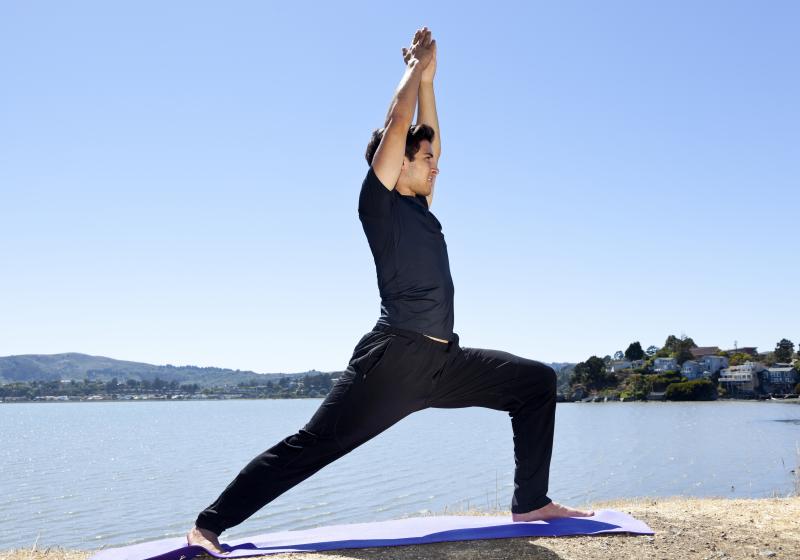What is the posterior chain?
Over the last 10 years or so the term “posterior chain” has become a hot topic in the health and fitness industry.
Many of us have seen some type of infomercial that states a product address posterior chain issues or heard a personal trainer or health professional use the term in conversation. However, the majority of us don’t really understand what they are talking about or why it is important.
To get a better understanding, let’s first define the term. Posterior chain can be explained as the group of muscles that run along the back side of your body: lower back, glutes, hamstrings, and calves.
These muscle support the backside of our body and greatly impact our foundation/balance, power and posture. These muscles are interdependent, so a problem with any one of them can impact the entire posterior chain.
Issues can occur when any muscles in the chain are underdeveloped, unbalanced or have limited range of motion.
There are three major joints to look at when addressing range of motion with the posterior chain: ankle, knee and hip. Limited range of motion in any of these joints will impact the other two joints.
So let me give an example. An individual has extremely tight calves, so range of motion in the ankle joint will be limited. As a result, the body will look to get the needed range of motion for required movements, such as walking, squatting or running, from the knee and hip. This will place added stress on the joint that is trying to help, such as the hip, and the muscles that support that joint. If this person is a runner, the hips will collapse slightly to compensate for the lack of range of motion in the ankle.
This will prevent the core from adequately supporting the spine and will reduce the ability of major muscle movers like the glutes to fully stabilize the hips.
So this runner’s body will be working harder. The heart rate will be higher, breathing more labored, speed limited, and risk of injury increased, and fatigue will set in faster than it should. No runner wants to hear any of that, and it all starts from a small problem in the posterior chain.
Identifying problems can start with watching basic movements in a mirror. Can you do a squat without your heels coming off the ground? Do your shoulders fall forward? Are you unable to drop hips during a squat or are your knees unable to track properly during the movement.? All of these are signs of range of motion issues or strength discrepancies.
Individuals with limited range of motion in the posterior chain should focus on lengthening muscles over time through stretching and/or body work such as deep tissue massage. This will allow for joints to move more freely while also allowing major muscle movers to properly fire and support joints during motion.
Individuals with limited range of motion are also limited in their ability to fully use the correct muscle for specific motions. As a result, secondary muscles pick up the slack, and the consequence is an increased risk of injury and a decrease in performance – working harder than you have to.
In my opinion, the optimal way to address posterior chain flexibility issues is with yoga. It is very difficult to improve flexibility issues while trying to focus on one or two muscles. Our muscular system is a chain of muscles, so to address one muscle you need to address the entire chain. Yoga allows you to address the entire posterior chain while cycling through different positions. Positions that engage the glutes, hamstrings and calves will produce greater gains than trying to focus on individual muscles.
I do believe there is a place for static stretching, but for those with limited time and knowledge, I believe you will get better results focusing on a yoga routine two or three days a week for a two or three month period. You can also add static stretches of specific muscles you need to lengthen after aerobic workouts like running, elliptical, or walking.
For individual’s trying to increase range of motion in their calves, use a runner’s stretch. A detailed description with videos can be found on line. Another option can be a foam roller, but static stretches should be done after an aerobic workout or a 10 minute warm-up.
Go through the stretch on both sides for 20-30 seconds; repeat 2-3 times. Combining static stretches with post aerobic workouts along with weekly yoga sessions will certainly improve an individual’s range of motion.
Once range of motion is improved, an individual can focus on increasing strength. I will dive into the impact of a weak posterior chain in the next column.
















































